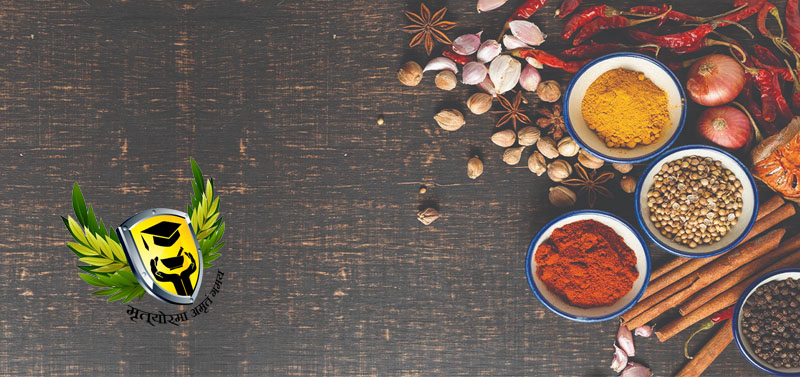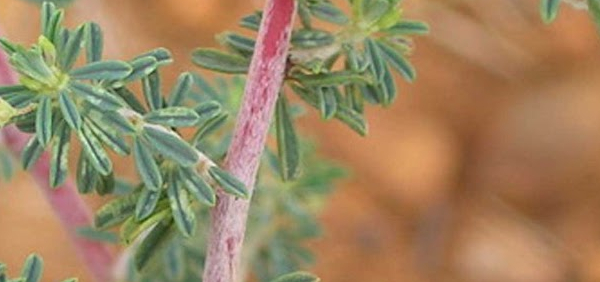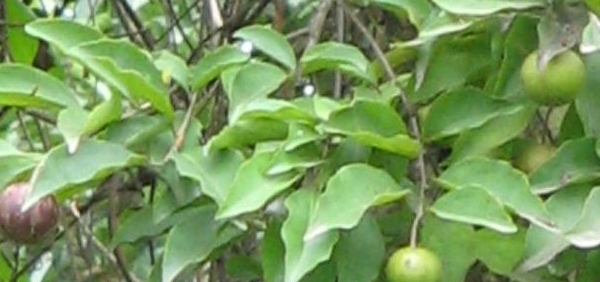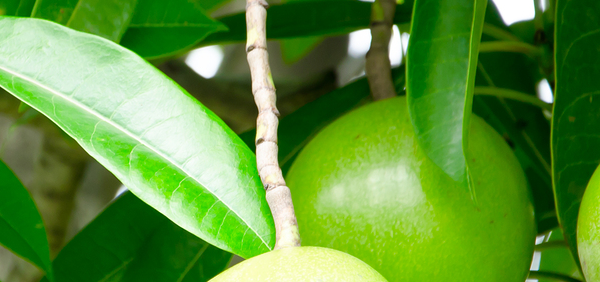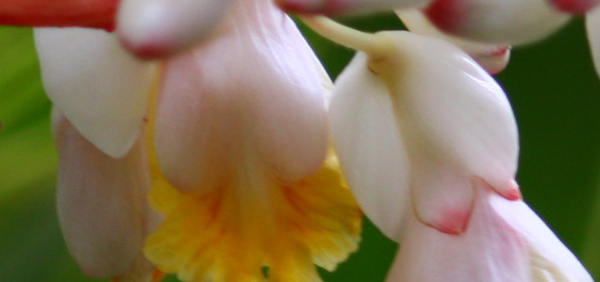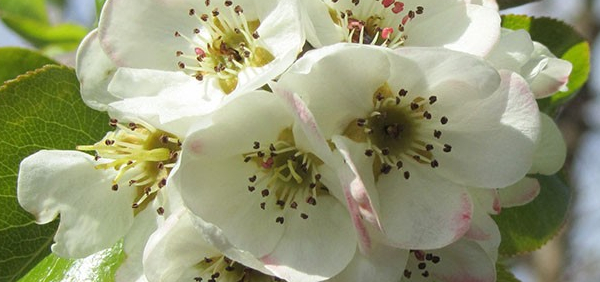nimbuka :
 Referred to as ‘Golden Apple’ in the Indian subcontinent, Lemon is a universal remedy for many health disorders and is often called as a panacea for its ability to heal the mind and the body in manifold ways. The essential oil of Lemon is cold pressed from the external rind or peel of the Lemon fruits.
Referred to as ‘Golden Apple’ in the Indian subcontinent, Lemon is a universal remedy for many health disorders and is often called as a panacea for its ability to heal the mind and the body in manifold ways. The essential oil of Lemon is cold pressed from the external rind or peel of the Lemon fruits.HISTORICAL AND MYTHOLOGICAL REVIEW:
Taxonomical Classification
Kingdom: Plantae - Plants
Subkingdom: Streptophyta
Superdivision: Spermatophyta - Seed plants
Division: Magnoliophyta - Flowering plants
Class: Magnoliopsida - Dicotyledons
Family: Rutaceae
Genus: Citrus
Allied species:
-Lime juice, the product of C. medica acida, is recognized by the National Formulary under the name of Succus Citri.VERNACULAR NAMES
Sanskrit: Nimbuka, NimbuEnglish: lime Lemon
Hindi: Nimbu, Nilbu, Kagaji, Nibu
Urdu: لیموں
Telugu: Nimma pandu
Bengali: Kagazi lebu, Padinabu
Marathi: Limbu kagaji limbu
Konkani: -limbiyo
Oriya: -ଲେମ୍ଭୁ. lembu. lichi. ଲିଚୁ. lichu
Gujarathi: Goddiya
Tamil: Elumichai
Malayalam: Erumichairakam
Kannada: Nimbe hannu
Punjabi: - ਨਿੰਬੂ Nibū
Sindhi: -ليمو
Arabic: Limu
Spanish: limón
Japanese: レモン
Chinese: 柠檬(níngméng)
French: citron
German: Zitrone
Burma: -san p yo see
Nepal: कागति
Persian: لیمو شیرین
Sinhalese: දෙහි
Greek: λεμόνι(lemóni)
Varities:
- lemon (L) Burm.F Vanajambira :- (Wild lime) Atalantia malabarica(Rafin)
- Jambira :- (lime) Citrus aurantifolia(Christm) Swingle or Citrus medica Linn. Var. Acida Watt
- Mistanimbuka :- (Sweet lime) Citrus limetta Risso
- Naragam :- (orange) Citrus reticulata Blanco or aurantium Linn.Var.Aurantium
- Madhukarkadi :- (Pummelo or Paradise apple) Citrus maxima (Burm) Merr
- Nimbuka :- (Lemon) Citrus
- Bijapura :- (Citron) Citrus medica Linn.Or Citrus medica Var.Medica Watt
Definition
Synonyms
Synonyms in Ayurveda: nimbuka, amlajambira, vahni, dipya, shodhana, vahnibija, amlasara, dantaghata, rocana, jantumari, rajinimbuka (not mentioned in ancient texts)- Nimbu : Kind of Jambira
- Nimbuka : Kind of Jambira
- Danthasata : Sensitive to tooth
- Jambira : Sour taste people likes
- Jamba : Due to Amla guna it makes Sidhilatha of organs
- Amlasara : Sour in taste
- Rajanimbu
- Sthrinimbuka
- Kliba
- Janthumari
Rasa: Amla
Guna: Laghu Teeskhsna
Veerya: Ushna
Vipaka: Amla
Karma: Pittahara Vathakaphahara
Lemon is a popular Ayurvedic remedy that is used in medicine, food and also in the process of purification. It is used for stimulating the nervous system, improve concentration power, enhance immunity, purify blood and support digestion.
Cultivation:
Climate:-Lime and lemon may be planted in medium black, loumy or alluvial soils having perfect drainage and devoid of calcium carbonate layer. Areas with dry climate and low rainfall are best suited for growing limes.
Propogation:
Harvesting:
Harvesting and yield:-Maturity of citrus fruits depends up on the climate condition, heat units and moisture availability. The period of maturity is shorter when they just start changing. They are harvested in installment as they ripen ,major harvesting period in july-september and november-januarySTANDARDIZATION:
-Phytochemistry:
PHARMACOLOGY:
Important formulationsParts used for medicinal purpose
Fruit, Leaves, ,Dosage:
Fresh juice 15-25 ml to be consumed diluted with water.- Juice : 3-6 ml
- Seed and Rind : 0.5-1 gm
- Fruit edible
- Swarasa : 1-2 thola
- Panaka : 100ml
- Twak Kashaya : 50-100 ml
Antidote:
Acid antidotes most commonly accessible are vinegar and lemon-juice.Substitute:
-vinegarAdultrants:
Controversy:
Commercial value:
In 2016, world production of lemons (combined with limes for reporting) was 17.3 million tonnes. The top producers were India, Mexico, China, Argentina and Brazil, collectively accounting for 62% of total productionMorphology:
Fruit :- Typical round ,green to yellow in color , Three to six centimeter in diameter and containing sour and acidic pulp. Fruit are good source of vitamin c. Limes are often used to aceend flavours of food and beverages. Fruit are grown all years round and are usually smaller and less sour than lemon.Geographical distribution:
ECOLOGICAL ASPECT:
In Calabria bergamot is grown in coastal areas protected from cold northerly winds by the nearby mountain range. The area has the highest average annual temperature and the highest number of sunshine hours in Italy and is further characterized by mild winters, a small difference between day and night temperatures and the absence of frost. The monthly average daily temperature varies between 26 deg. C in August to 12 deg. C in January. The average number of sunshine hours reaches a maximum of 10 h per day in July and is lowest in December and January with 3 hours per day. Average annual rainfall is about 550 mm with a maximum in December-January and a minimum in July. Although it was long thought that bergamot was adapted to a narrowly defined climate, it has proven to grow well in tropical conditions too, such as in Ivory Coast. Oils obtained from fruits harvested in the interior of Calabria, where bergamot is not traditionally grown, show a high linalyl acetate and linalool content, but poor olfactive qualities.General Use:
- The oil obtained from the fruit skin of this herb is applied in fevers like measles, smallpox and chickenpox, and it provides smoothening effects to the skin, after falling out of the scabs .
- In case of non-oozing skin affections, the fruit juice is applied to get relieve from itching.
- The irritation of skin due to mosquito bite is instantly relieved with the application of fruit juice.
- It recovers the sensation of taste, increases an appetite and dry features.
- It helps in secretion of digestive enzymes improving digestion.
- The topical application of fruit juice is said to be effective in dandruff.
- It is also a good appetiser, digestive, mild laxative and cholagogue, therefore, used in various digestive ailments like anorexia, dyspepsia, vomiting, constipation, hepatic disease etc.
- Nimbuka imparts blood purifying action, hence, beneficial in the heart diseases, skin diseases, gout and raktapitta.
- It is a rich source of Vitamin C which makes it helpful in treating bleeding and spongy gums in scurvy.
- It is useful in vomiting, cough, ailments of the throat and tumours etc.
- It is said to be bring good and positive effects in enlarged spleen.
- It benefits in burning sensation.
Therapeutic Uses:
Lemon destroys all kinds of worms. It is sour in taste pacifies tridoshaj pains, anorexia, toxins in the body, low digestive fire, intestinal obstruction and cholera.Systemic Use:
Internally, nimbuka is a useful medicine in various diseases. It is a keen stimulant for digestive system. As an appetizer, digestant, mild laxative and cholegogue, hence, used in various digestive ailments like anorexia, dyspepsia, vomiting, constipation, hepatopathies etc. In Ayurveda, the sour taste is said to be beneficial for the heart as it boosts the sadhaka pitta. It also augments the agni, stimulates the mental faculties, strengthens the tissues, promotes salivary secretion and facilitates the whole digestive process. Nimbuka bestows blood purifying activity, hence, beneficial in the heart diseases, skin diseases, gout and raktapitta. In cough due to vata and kapha, it works as mucolytic and relieves the phlegm. It is a rich source of Vitamin C, helpful in bleeding and spongy gums in scurvy. In vitiated conditions of pitta, the fruit fuice is recommended with rock candy. It is said to be benevolent in enlarged spleen. Nimbuka juice is used in Ayurvedic pharmacy, for the purification of sankha (conch), svarnamaksika (chalcopyrite), vamala (cubic sulphide of iron), manik mouktika , pravala etc. Amongst all sour juices, nimbuka is praised to be the best.Administration:
It can be used in the form of juice and decoction.Pharmacological:
Nimbuka is sour in taste , sweet in the post digestive effect and has semihot potency . It alleviates all the three dosas, predominantly vata and kapha. It possesses light and dry attributes. It improves the sensation of taste, increases an appetite and dry attributes. It improves the sensation of taste, increases an appetite and promotes digestion. It is used in vomiting, ciugh, ailments of the throat and tumours etc (Raja Nighantu)Clinical trials:
- A study of the phototoxicity of lemon oil by Naganuma M, Hirose S and Nakayama Y, Nakajima K and Someya T, published in the Archives of Dermatological Research and PubMed
- Essential Oil Safety: A Guide for Health Care Professionals By Robert Tisserand, Rodney Young
- Leung’s Encyclopedia of Common Natural Ingredients, used in Food, Drugs and Cosmetics by Ikhlas A. Khan and Ehab A. Abourashed.
- Citrus limon, American Herbal Products Association’s Botanical Safety Handbook, Second Edition by Zoe Gardner, Michael McGuffin
- Safety Information on Essential Oils by the National Association for Holistic Aromatherapy
Research:
- Hydroxy cinnamic acid as off-flavor precursors in citrus fruit and their products.
- Combination of physical and low toxicity chemical post harvest treatments for integrated disease management of citrus fruit
- Sources of natural phenolic anti oxidant (kroon &william2005)
- Tyrosinase inhibitory effect and inhibition mechanism of nobiletin and hespridin from citrus peel crude extracts
- Research advances on flavanone phytoalexins (sinensis paul MN 55108-6030USA)
- Paper chromatographic identification and estimation of free aminoacids in 32 fruits(24,298-303(1959)20.Rockland)
Precautions:
Pregnancy and breast-feeding: Its unknown whether its safe to use lemon in medicinal amounts during pregnancy or breast-feeding. Stick to food amounts.Toxicity studies:
Use in other system of medicine:
CONCLUSION:
Lemon is an important ingredient in many of the Ayurveda Medicines. Lemon as such also used as medicine for different ailments. Because It has multiple medicinal, health and culinary advantages. Lemons are very rich in Vitamin C, contain minerals such as calcium, magnesium and phosphorous. Lemon water and Lemon juice are known for many health and medicinal benefits like controlling acidity, obesity, BP, fever, constipation, heartburn, etcKEY WORDS: nimbuka Citrus acida, Citrus bergamia
- » Classification and names of nimbuka
- » Synonyms and definitions of nimbuka
- » Drug Properties of nimbuka
- » Chemical Constituents of nimbuka
- » Standardization of nimbuka
- » Parts used and Dosage of nimbuka
- » Morphology and Histology of nimbuka
- » Distribution and Conservation of nimbuka
- » Cultivation of nimbuka
- » nimbuka in the market
- » Medicinal Uses of nimbuka
- » Researches and clinical trails of nimbuka
- » nimbuka in other sytems of medicine
- » Ayurvedic formulations with nimbuka
- » Images of nimbuka


